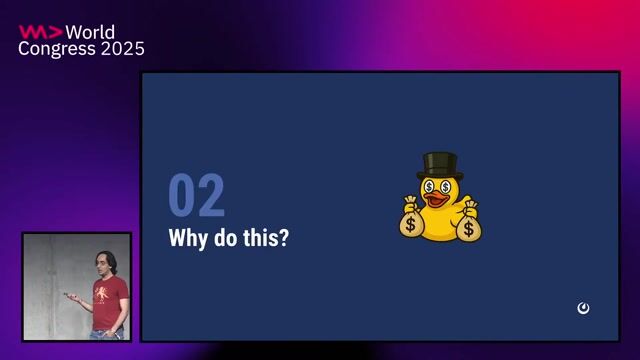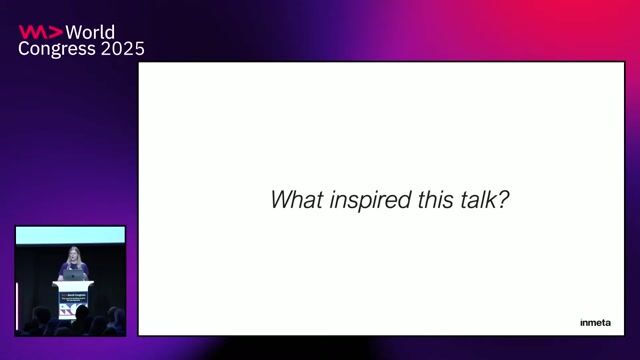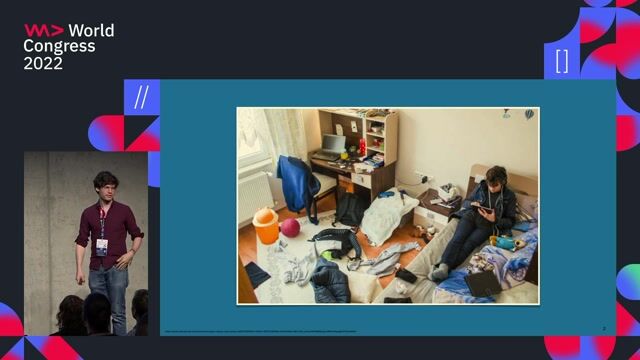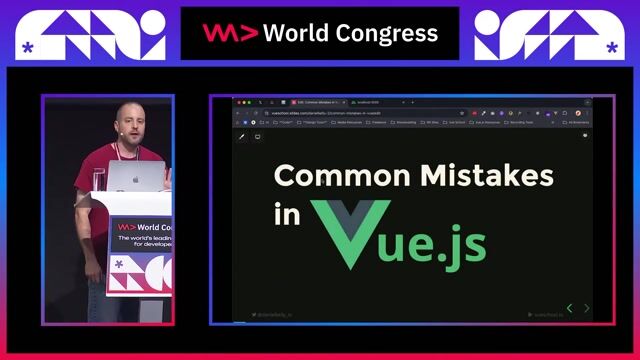Daniel Espino Garcia
Dos and don'ts with react hooks. An opinionated approach
#1about 4 minutes
Understanding the internal mechanics of React hooks
Hooks enable state in functional components and are implemented as a linked list, which explains why they must be called in the same order on every render.
#2about 2 minutes
Prioritize code readability over premature performance optimization
Focus on writing clear, future-proof code instead of worrying about minor performance overhead from hooks, as these are rarely the actual application bottleneck.
#3about 2 minutes
Move constants and pure functions outside components
Improve readability and performance by defining constants and pure helper functions outside the component scope, avoiding unnecessary re-creation on each render.
#4about 2 minutes
Declare explicit dependencies instead of inferring them
Always declare direct dependencies in hooks like useEffect and useCallback to prevent subtle bugs when the code is modified later.
#5about 2 minutes
Improve clarity with intermediate variables for derived state
Create meaningful intermediate variables from props or state to represent business logic, making the code more readable and hook dependencies more precise.
#6about 2 minutes
Use useRef for data that shouldn't trigger re-renders
Store values that persist across renders but don't affect the UI, like pagination counters, in a useRef to avoid unnecessary component re-renders.
#7about 1 minute
Stabilize callbacks with the functional setState form
Use the functional update form of setState to compute new state from the previous state, which removes the state variable from dependency arrays and prevents unnecessary re-creations of callbacks.
#8about 1 minute
Calculate derived state directly instead of in useEffect
If a piece of state is calculated from props within a useEffect, it is derived state and should be computed directly during the render to avoid an extra re-render cycle.
#9about 2 minutes
Extract reusable logic into custom hooks
Encapsulate and share repeated component logic, such as handling an Android back button, by creating custom hooks for better maintainability and readability.
Related jobs
Jobs that call for the skills explored in this talk.
Featured Partners
Related Videos
 23:39
23:39Rethinking React State Management: The Power of Built-In Solutions
Marc Brehmer
 28:10
28:10State management in a world of hooks
Adam Klein
 49:32
49:32Keith Cirkle of GitHub on React Fatigue
Keith Cirkle
 21:09
21:09MVI: Minimum Viable Interface for React Components
Daniel Espino Garcia
 28:43
28:43Bringing back reactivity in "reactive" frontend
Michał Moroz
 25:22
25:22Building Interactive Async UI with React 19 and Ariakit
Aurora Scharff
 30:40
30:40What the heck do "declarative" and "reactive" actually mean?
André Kovac
 28:36
28:36Common Mistakes in Vue.js and How to Avoid Them
Daniel Kelly
From learning to earning
Jobs that call for the skills explored in this talk.
React Native Developer (React Native/Typescript)
VanHack
Barcelona, Spain
Senior
API
iOS
Java
Kotlin
JavaScript
+3
Frontend Engineer (Typescript/React.js)
VanHack
Barcelona, Spain
Remote
Intermediate
GIT
REST
React
Vue.js
+10
Front-End Engineer (React)
Reactdaniel James Resourcing Ltd
Manchester, United Kingdom
€65-75K
Senior
.NET
REST
Azure
React
+5

